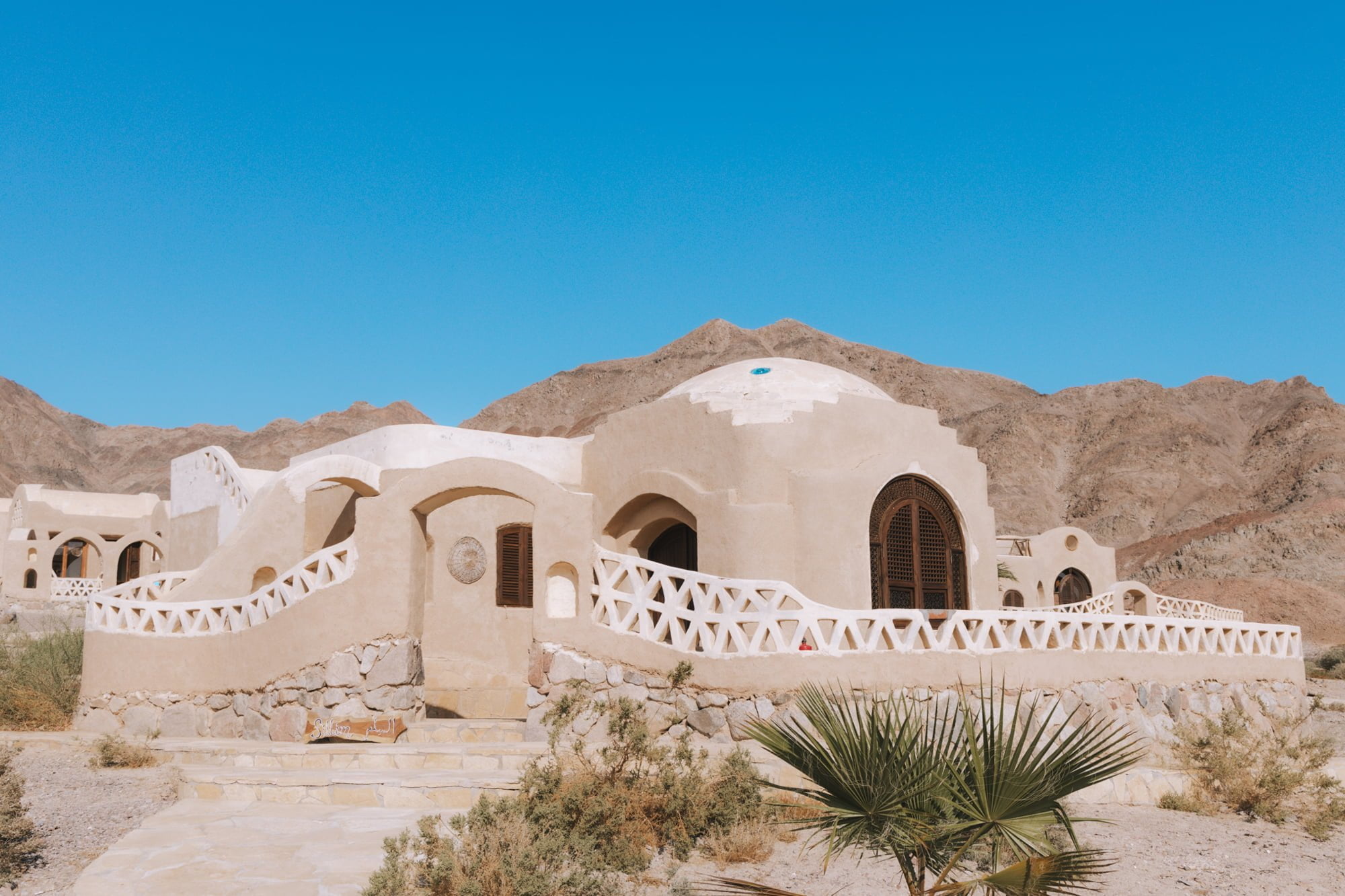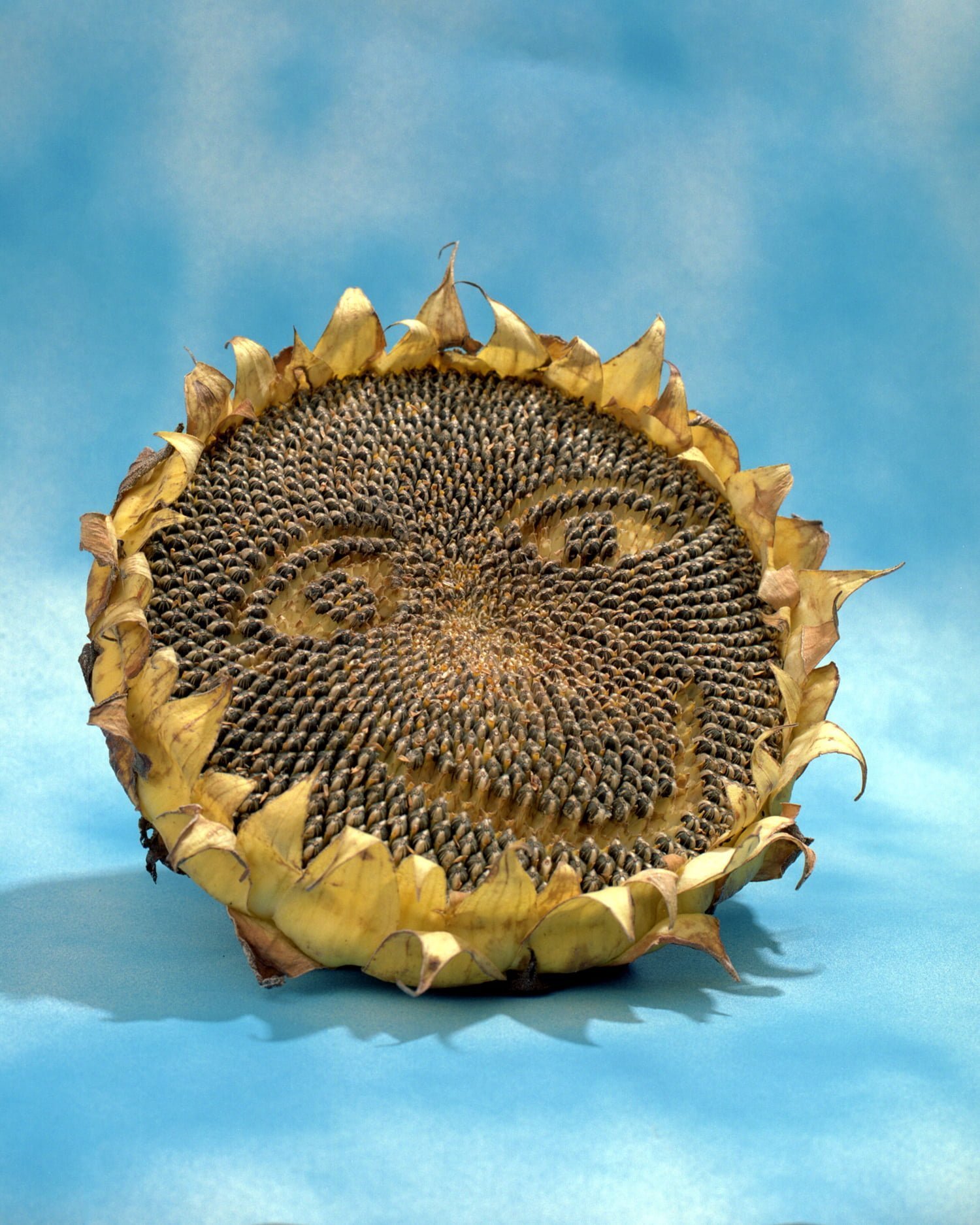Travel writers share the best spots within an hour of where they live.
The Swedes have a word hemmablindhet – home-blindness. Most often it means a lack of self awareness, but more literally hemmablindhet describes the blindness that settles on us like a layer of dust the longer we live in a place, until we forget what made us love it to begin with.
Once we shake off that dust and open our eyes to what’s on our doorstep, unexpected joys await. Discovering gems close to home is also a great thing to do for the environment, because when we look at the climate footprint of our vacations, the majority of it comes from getting to the places we go – especially if we fly. So staying closer to home is one of the best ways to reduce your impact.
To get you inspired, we asked six travel writers from around the world to tell us about the gems to be found within an hour’s journey of where they live.
Columbia River Gorge, Northwestern United States
Hannah Wallace
Whenever friends visit us in Portland, we take them to the Columbia River Gorge. Partly, that’s because its attractions are so close to town: in just 30 minutes, you can be at Multnomah Falls, which is the second-highest year-round waterfall in the nation at 620 feet (200 meters). In just an hour, you can be in Hood River, the “windsurfing capital of the world” – but also a great place to grab lunch at a brewery. But the main reason is because the 80-mile (130km) gorge is spectacularly beautiful. The drive from Portland to Hood River alone has you gasping at steep basalt cliffs, waterfalls, and the majestic Columbia River itself.
We also love hiking in the Gorge. Because so many of the trails in this area have a steep ascent, they also have breathtaking views of the Columbia River winding through the Gorge. Two of our favorites are Dog Mountain on the Washington Side (with views of both Mount Hood and Mount St. Helens), and Angel’s Rest Trail on the Oregon side, which rewards hikers with a view of Portland. For a more family-friendly hike try Catherine Creek on the Washington side, which is a 1.9 mile loop (with only a 200-foot elevation gain). In Spring, it has an incredible diversity of spring wildflowers. (Just watch out for the poison oak.)
After a hike, we usually refuel in White Salmon or Hood River. The White Salmon Bakery makes hearty sandwiches (all on their freshly baked bread), cakes, and cookies. (Bonus: Their patio has stellar views of Mount Hood.) For a light dinner, pop over to Soča, which has delicious small plates as well as wines by the glass from both Oregon and Slovenia. (One of the owners is Slovenian.) Back on the Oregon side, in Hood River, we make a beeline for PFriem Family Brewers or Ferment Brewing Co., both of which have views of windsurfers and kitesurfers riding winds of 35mph.
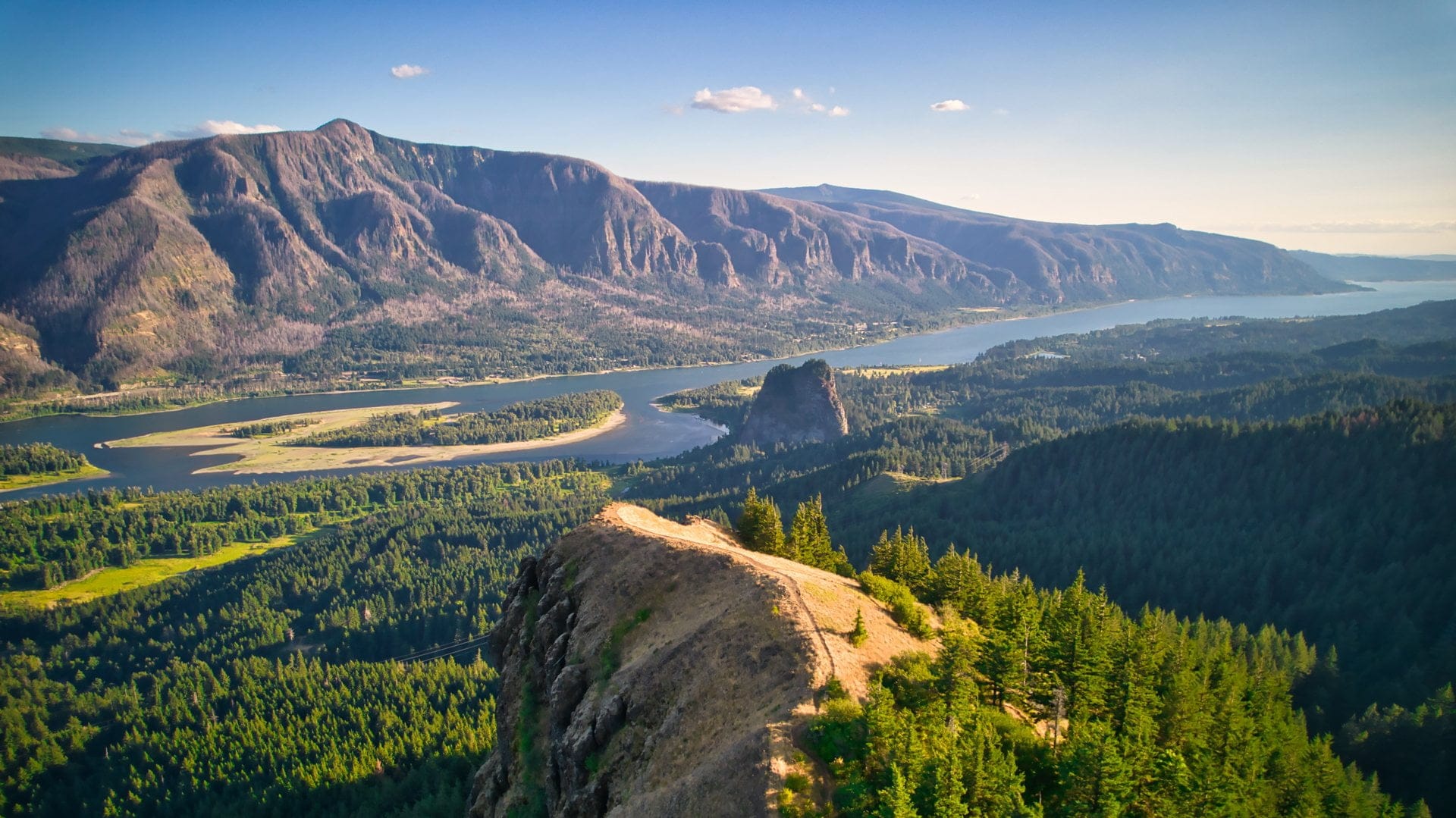
The banlieues of Paris, France
Peter Yeung
When visiting friends ask me for advice about what to do in Paris, it’s tricky terrain. I understand the FOMO-induced desire to create a bulletproof, best-of itinerary that is crammed with the city’s famed, Disneyland-esque tourist sites. However, I urge them to leave time to do nothing, to explore on their own, to fall into the languid rhythm of the city of flaneurs. Cookie-cutter tours copied by millions of people are not the way.
Instead, I suggest looking outward. A tiny fraction of visitors to Paris venture to the banlieues, or suburbs, but it is the beating modern heart of the city. While two million live within the inner city, more than five times that number inhabit the sprawling metropolitan area. You can find breathtaking modernist architecture from the 1960s like Les Étoiles in Ivry-sur-Seine and Arènes de Picasso in Noisy-le-Grand, reachable to the south in half an hour by train. There’s a burgeoning arts scene in the eastern suburb of Montreuil, served by the metro, fuelled by young creatives fleeing sky-high rents in the city center. Saint-Denis, to the north, is one of the most multicultural districts in France, home to immigrants from north and west Africa, the Caribbean, east and south Asia, and beyond. Currently under construction is the Grand Paris Express, a new 200-kilometer system that will add four lines and 68 brand-new stations, making adventures in the banlieues even more accessible than ever.
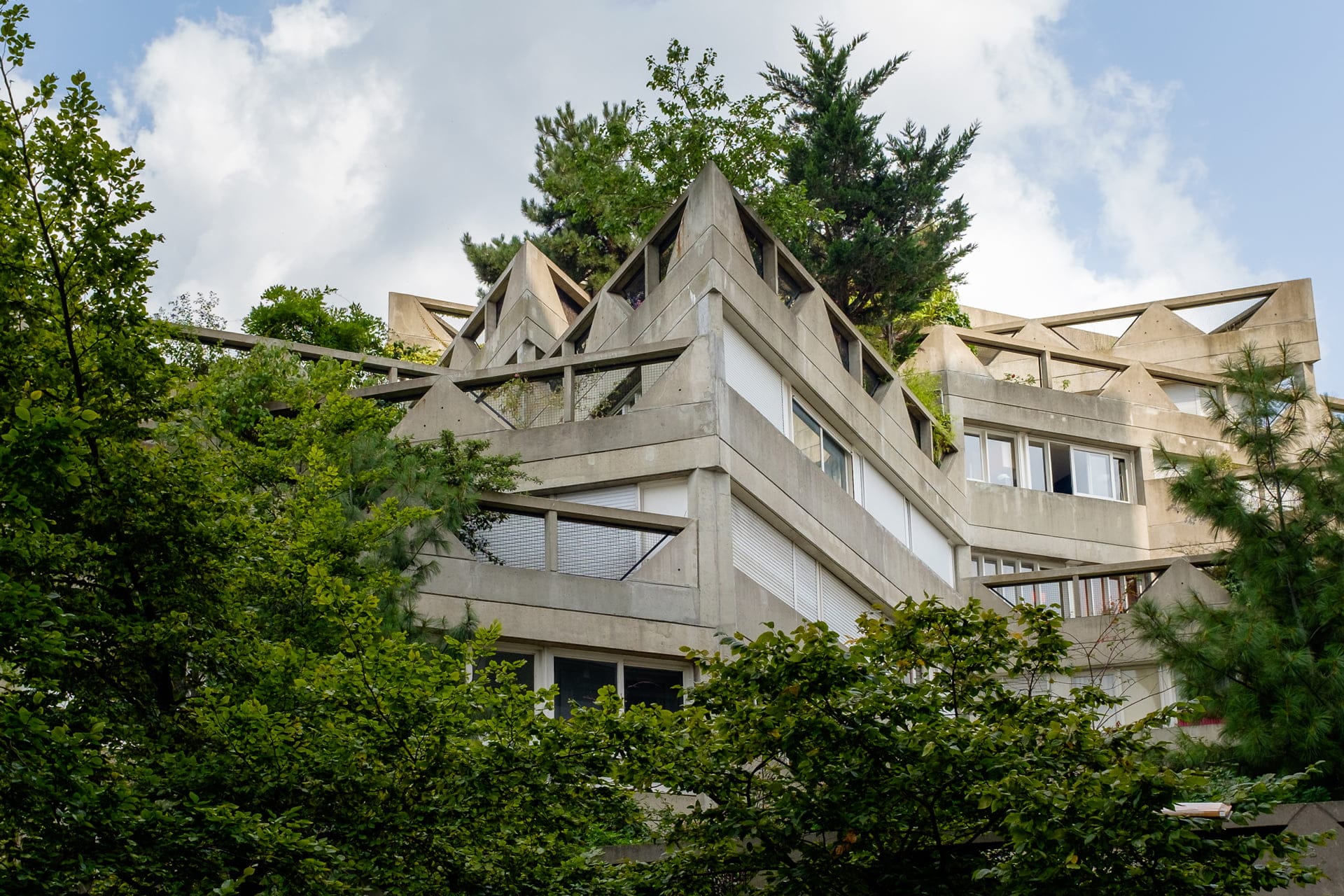
Corona, Queens, NY, United States
Roxanne Scott
The last few weeks of Louis Armstrong’s life he penned a love letter to the neighborhood of Corona, Queens. That letter now hangs on the walls of the Louis Armstrong House Museum. The global superstar could be seen giving trumpet lessons to kids on his steps. He also thought about the neighborhood children when singing What A Wonderful World.
Armstrong created collages and scrapbooks and recorded everything from warm ups on his trumpet to chats with family and friends. The draw for me is not only his extensive archive, but also the chance to tour his two-story home. He and his fourth wife Lucille lived there from the 1940s until the end of their lives (Lucille bought the home with the money she earned dancing at the Cotton Club). It was one of the few areas in Queens the couple was able to buy. The story of how the Armstrong’s came to Queens offers a glimpse into the borough’s segregated history.
Today Corona is home to people from around the world and is just a mile away from the symbolic Unisphere. Louis and Lucille’s story is also a testament to how where we live influences our world view.
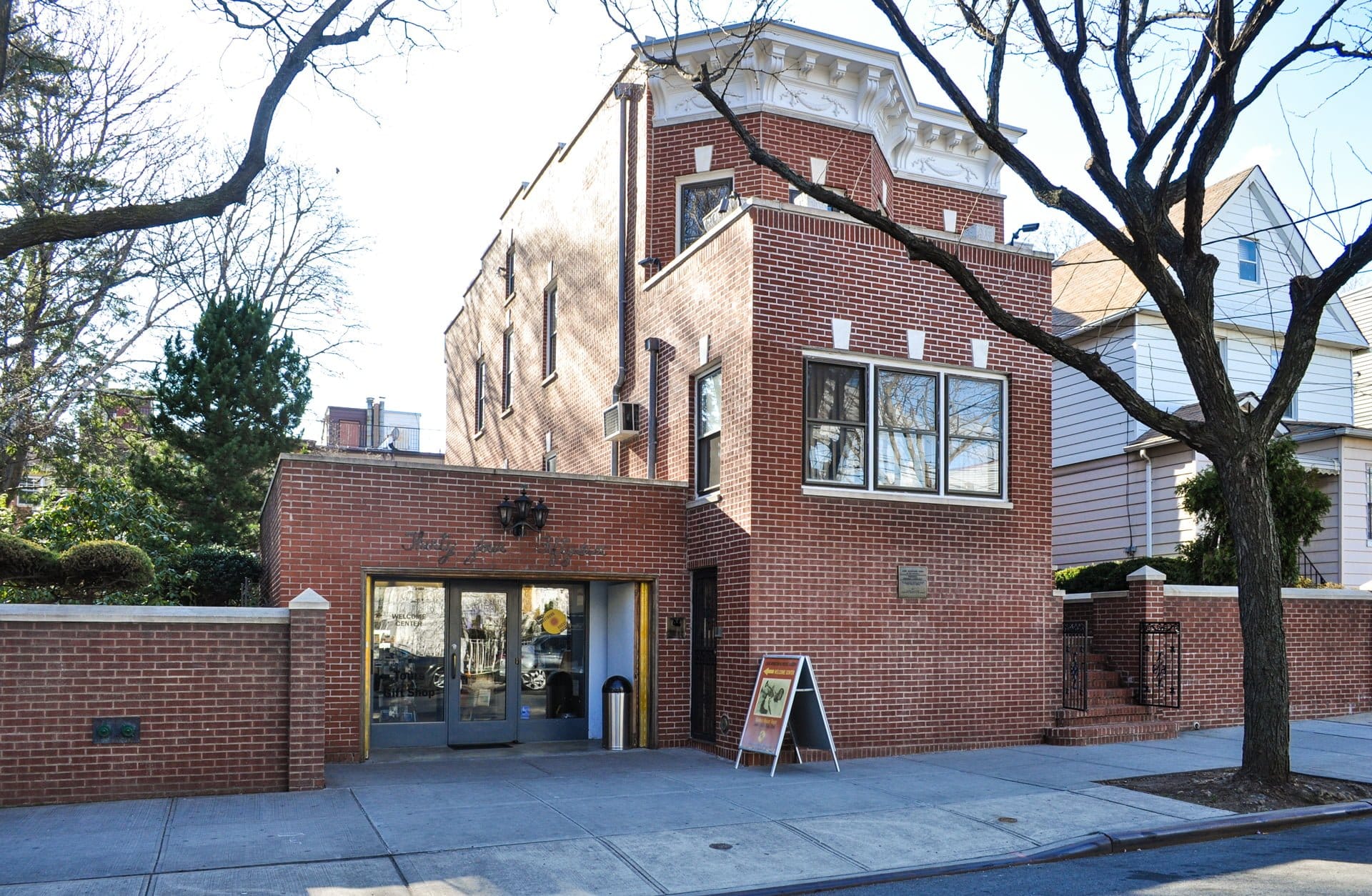
Ome, Tokyo Prefecture, Japan
Tim Hornyak
Whenever I get tired of central Tokyo’s hustle and bustle, I head for the hills. Ome is an tranquil, retro community that nestles in the foothills of the western part of Japan’s capital. It celebrates its vintage character with old movie posters in the train station, soba noodle shops and nostalgic cafés like Natsu e no Tobira (the Door to Summer). Serving delicious curried rice and coffee in what was once an eye doctor’s clinic, it’s a few minutes’ walk from a train museum with old steam engines and bullet trains. But Ome’s best spots aren’t manmade. Here the Tama River flows fast and jade-green through the hills. Gentle hiking trails lead westward through the cedar forests, allowing for contemplative shinrinyoku, or “forest bathing,” strolls with Mt. Fuji peeping over the peaks. It’s easy to descend from the ridge trail to the river, and in the height of summer a quick dip can be very refreshing. From there, you can hop back on a train and you’ll be back in central Tokyo in a little over an hour. Ome feels frozen in time, and I hope it never thaws out.
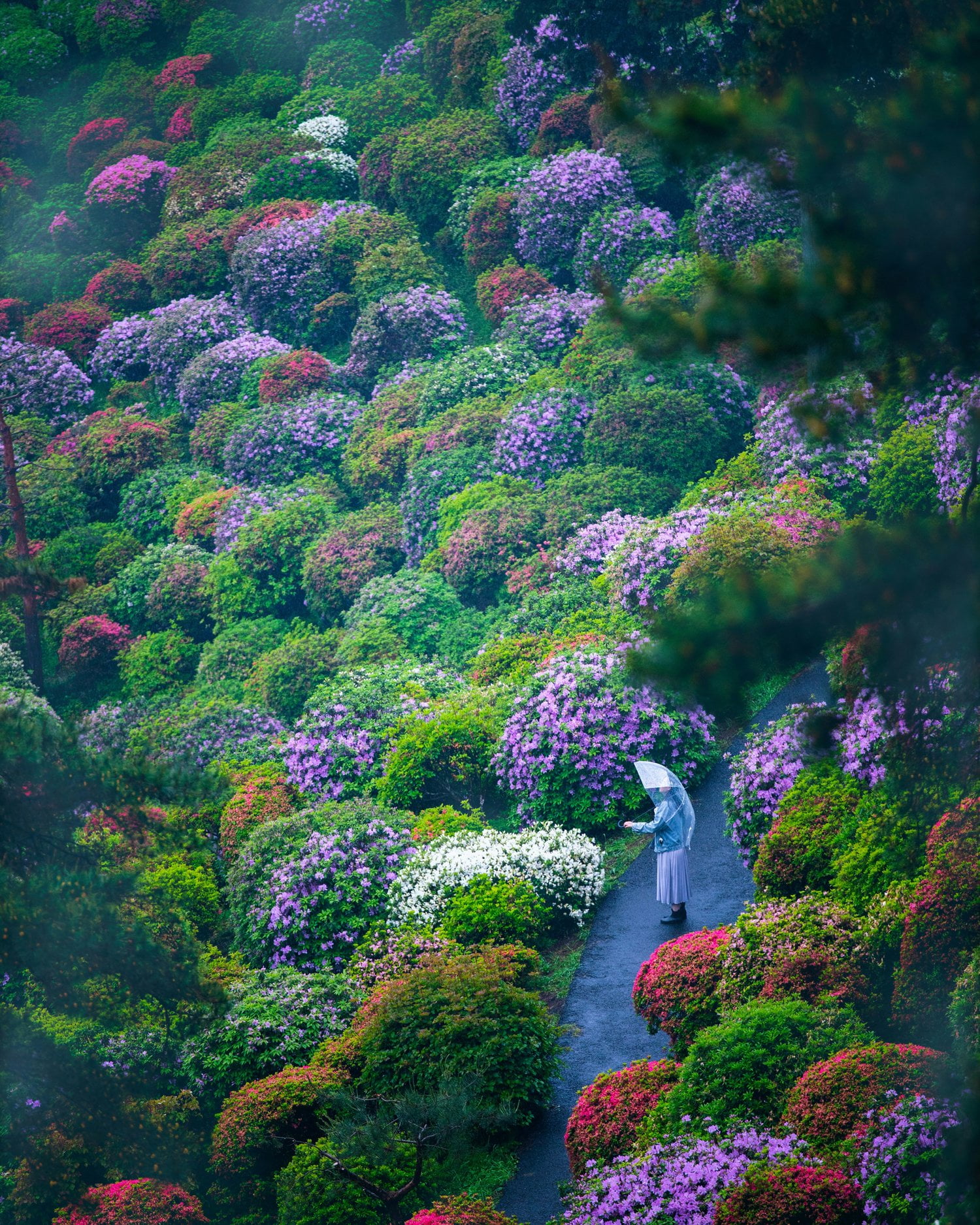
Ome, Japan. Photo: Nguyen TP Hai on Unsplash
South Golden Beach, New South Wales, Australia
Nina Karnikowski
South Golden Beach is the Byron Bay shire’s best-kept secret. Residents like us want to keep it that way, lest our small surf village, 20 minutes’ drive from Byron Bay town, changes. For now, it’s a time warp back to the 70s, where about ten streets are hugged by a beach, a river and the bush. Fences around the candy-coloured houses are few and sidewalks non-existent, children play freely on the streets, dogs run unleashed on the beach, and the towering eucalypts are filled with kookaburras and rainbow lorikeets. No one locks their doors.
There’s a thriving farmer’s market walking distance from our place, where we stock up on organic vegetables, handmade pasta, macadamia nut butter and huge tubs of blueberries once a week. Next to that sits The Salty Mangrove, a riverside cafe that’s perfect for a sun-soaked lunch and glass of natural wine beneath the paperbarks. The best thing about SoGo, though, is its hidden bush track. A local secret, it snakes through subtropical bushland alive with wallabies and goannas, before popping out on an empty stretch of white sand beach. I’d tell you the name but then, you know what I’d have to do.
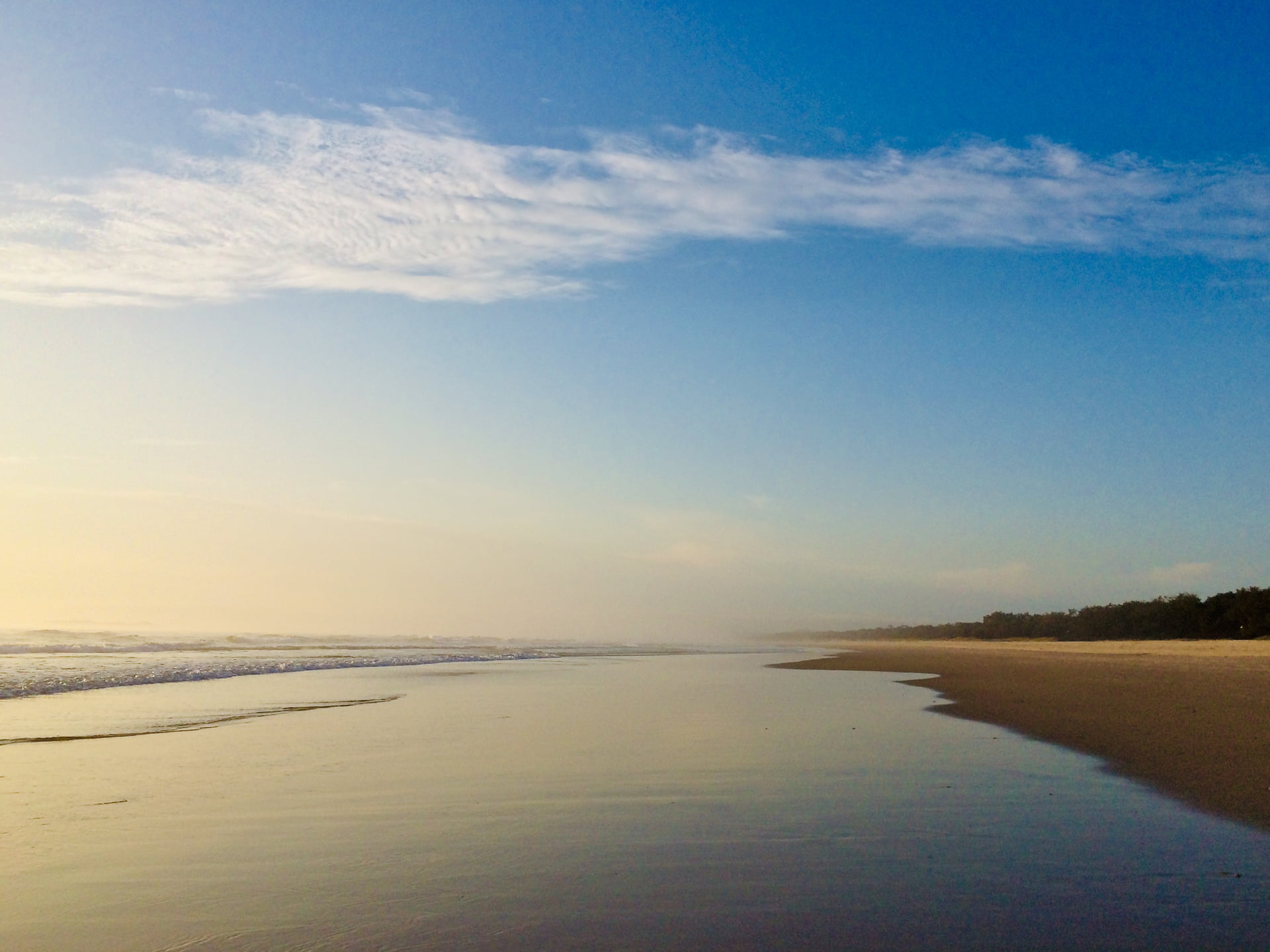
South Golden Beach, Australia. Photo: lynnebeclu via Getty Images
Jericho, Oxford, United Kingdom
Laura Field
I love spending time in North Oxford. Just a train ride away from London, this quieter side of the world-famous academic city is much more soothing and down-to-earth than central Oxford and its (admittedly beautiful) libraries.
Jericho is a particularly pretty neighborhood that I love strolling around. From the 19th-century Old Bookbinders pub to the mouth-watering cakes at Barefoot Bakery (that my friends and I still rave about several years after first tasting them), Jericho has a rural village feel. It blends beautiful, independent businesses for visitors to enjoy with a sense of tight-knit community, which I love.
Port Meadow is a soul-reviving expanse of greenery just outside Jericho. There, I’ve enjoyed wild swimming, admired the carefree ponies and grazed on many a sociable picnic with friends. A long walk through Port Meadow has known to quell my stresses on several occasions. Making the extra effort to walk nearly an hour from Jericho rewards us with The Perch, an idyllic riverside pub and restaurant that again, makes me feel like I’m in deepest, most rural England when in fact, I’m just outside one of the world’s most famous and visited cities.
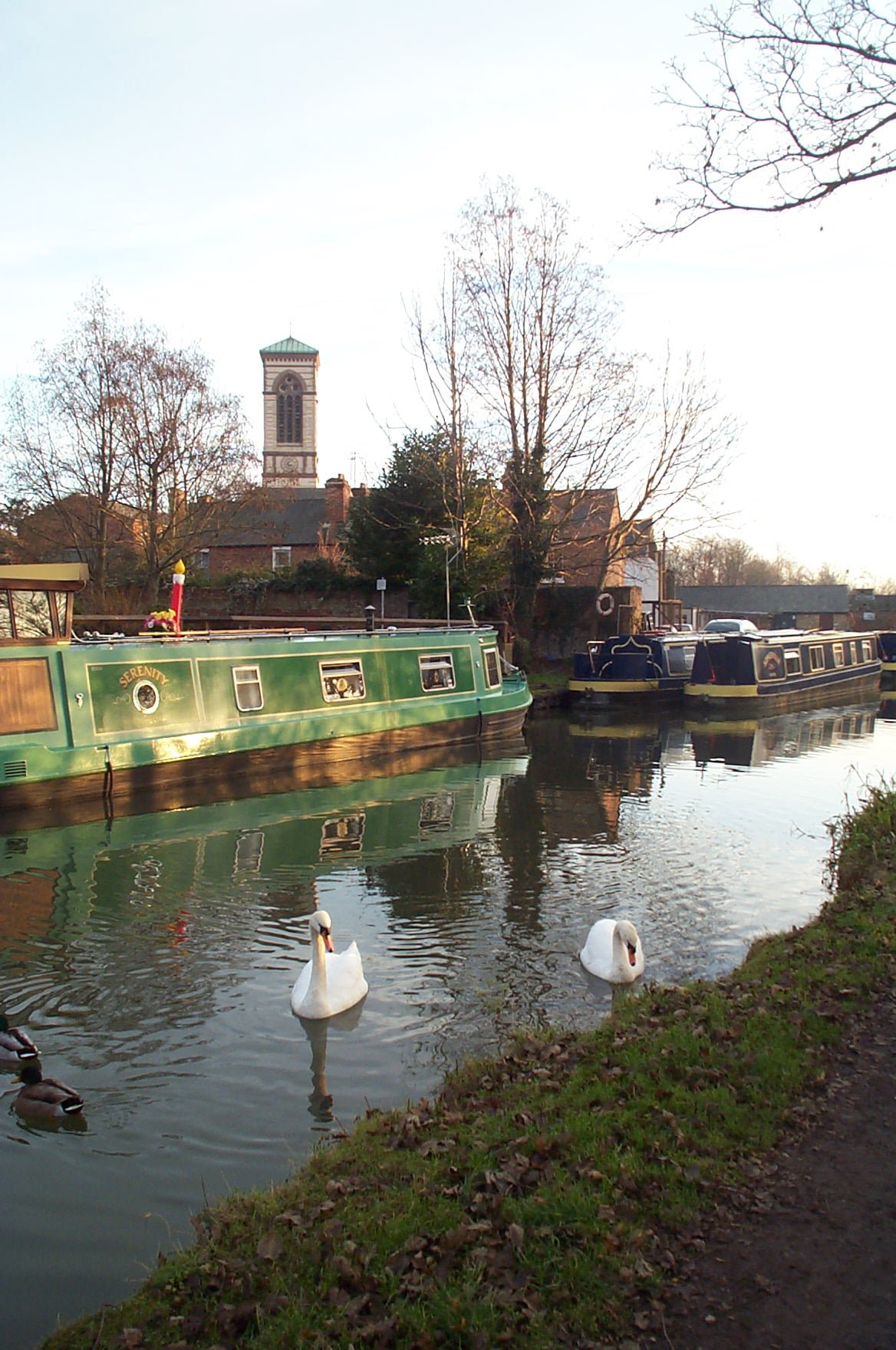
St Barnabas Church in Jericho, seen from the banks of Oxford Canal. Photo: Kaihsu Tai / CC BY
About Imagine5
We are storytellers inspiring you to live a planet-friendly life. Through our stories we shift perspectives and help you see that sustainable change is already underway. Sparking imagination that leads to action, creating a shift to sustainable behaviour as the norm. It’s happening.
Read more